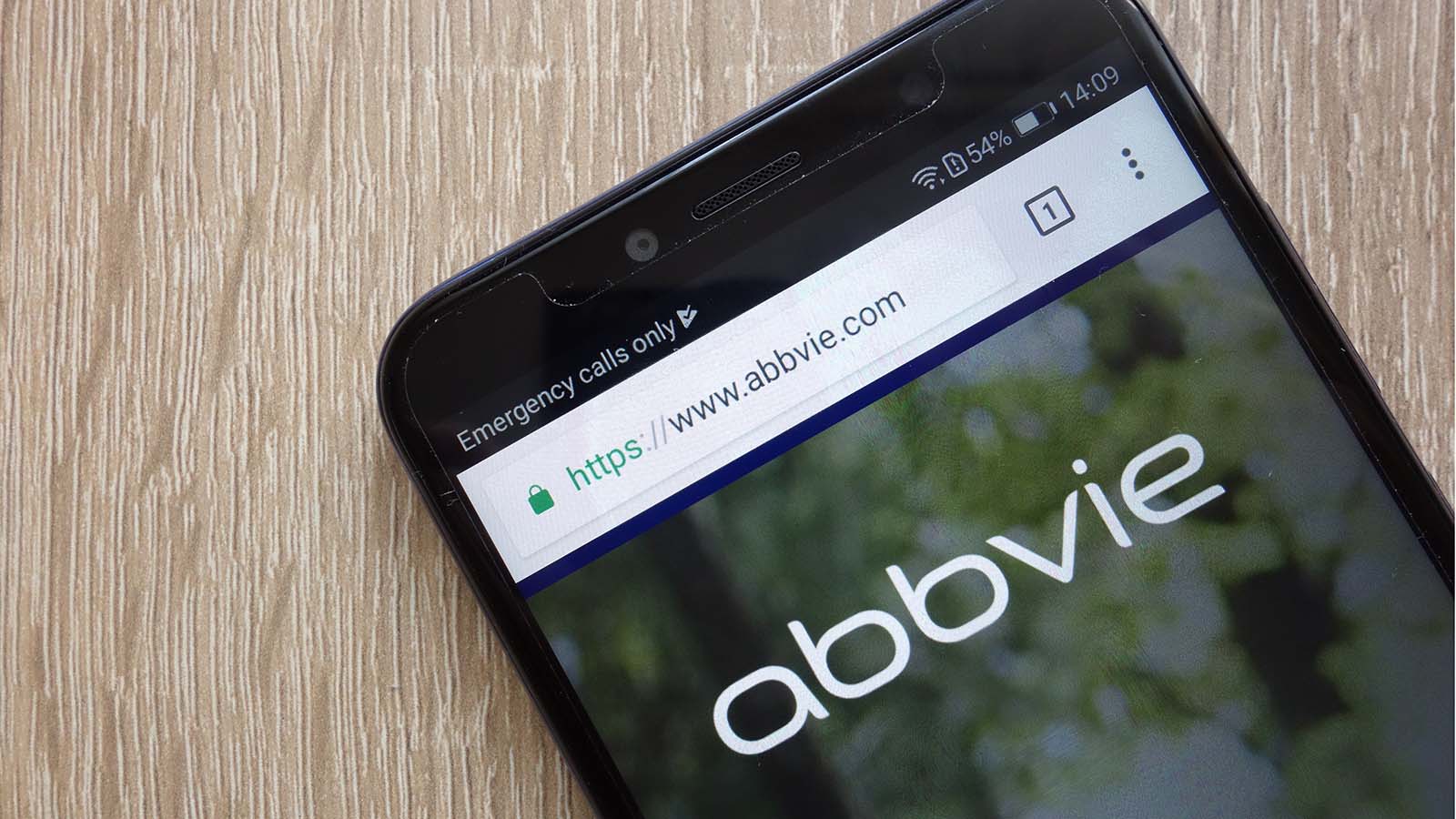On Friday, Allergan shares ceased trading as the company’s merger with AbbVie (NYSE:ABBV) finally went through. The deal removes AGN stock from the exchanges, and those who were long are now long AbbVie (and the combined company).

Specifically, those investors received $120.30 per share in cash, along with 0.866 shares of AbbVie stock for each share of AGN stock they owned.
The AGN Stock Deal Is Done
The $63 billion tie-up was agreed upon on June 25, 2019. From announcement to merger, the agreement took less than a year to complete. That’s actually pretty impressive, and investors in AGN stock are likely pleased.
Not only were they taken out at a superior pre-merger price, but now they have a stake in AbbVie. ABBV stock was already a quality holding with a high dividend payout. After combining the two entities though, this is a powerful name with strong cash flow. It’s not unlike what we saw from Bristol-Myers Squibb (NYSE:BMY) when it acquired Celgene.
These healthcare businesses end up falling out of favor at some point, slipping into multi-year funks. That’s despite an excellent portfolio of products and treatments. When that happens it creates value, and even though it requires a tremendous buyout offer, that’s what we’re seeing lately.
AbbVie Is Now Diversified
Now that AGN stock is folded into AbbVie stock, what does that leave prospective buyers looking at?
AbbVie’s blockbuster drug is Humira, where last quarter it drove 54.5% of the company’s total revenue. While it has patent protection until 2023 here in the United States, the drug lost patent protection in Europe. Imbruvica was the company’s second-largest revenue generator last quarter, at $1.23 billion or just 14.3% of total revenue.
Clearly, ABBV needed to diversify its lineup. Adding Allergan’s Botox lineup gives AbbVie its third billion-dollar product line (on a quarterly basis), while Allergan’s Vraylar brings growth. In the December quarter, the drug logged sales of $283 million, which was up 88% year-over-year.
Of course, the deal costs a pretty penny, too.
Morgan Stanley estimates that net debt will swell up to about $84 billion as a result of the tie-up. However, analysts at SVB Leerink believe the company will be able to generate free cash flow in excess of $22 billion in each of the next four years. Now combine that with management’s statement of a “growing dividend and rapid debt repayment,” and investors have a potential recipe for success.
Bottom Line on AbbVie-Allergan Merger
At the end of the day, the situation is pretty simple. AbbVie had great products, but was too dependent on one lineup in particular. With U.S. patent protection wearing off in a few years, it needed to move.
With Allergan, it gets product diversity — but it also gets plenty of debt. However, with strong free cash flow, the company remains committed to deleveraging the balance sheet and growing its dividend. Incidentally, that payout is still at an impressive 5.4%.
Considering that 10-year Treasury bond investors are fetching just 65 basis points in yield, a 5.4% dividend is pretty darn impressive. Combine that with a relatively stable business despite the novel coronavirus and ABBV stock is a long-term winner.
It’s worth pointing out that the aforementioned analysts — Morgan Stanley and SVB Leerink — both have outperform ratings on AbbVie. Their price targets stand at $95 and $122, respectively.
While $95 does not represent all that much upside, it’s still up about 8% from current levels. A glance at the chart reveals ABBV flirting with a move over the key $88 level, as well as a rotation over this month’s high. Above that level now and the 2020 high near $97 could be on the table.
Matthew McCall left Wall Street to actually help investors — by getting them into the world’s biggest, most revolutionary trends BEFORE anyone else. The power of being “first” gave Matt’s readers the chance to bank +2,438% in Stamps.com (STMP), +1,523% in Ulta Beauty (ULTA) and +1,044% in Tesla (TSLA), just to name a few. Click here to see what Matt has up his sleeve now. Matt does not directly own the aforementioned securities.
